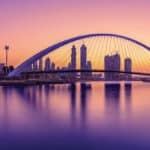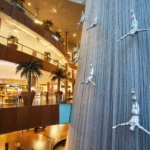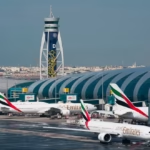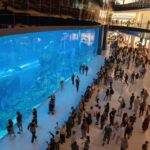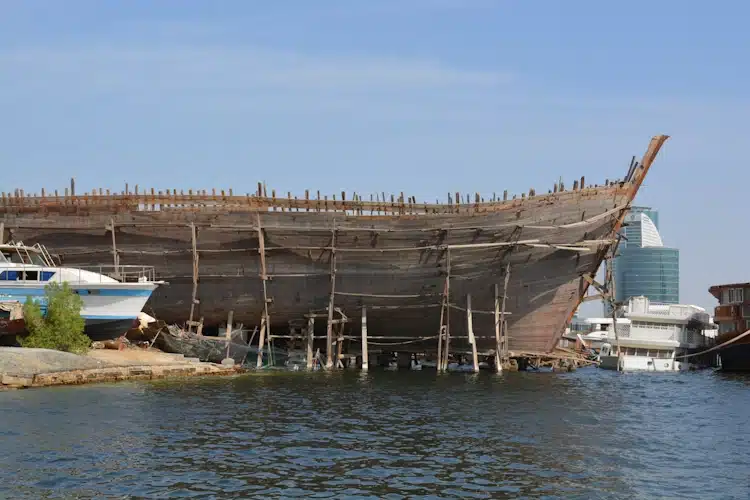
Dhow Building Dubai
Introduction
The History of Dubai is a mix of Emirati / Arabic culture with heavy influences from many other nations over the years. Dubai has always been open to visitors and residents alike and people are very welcoming and friendly to all.
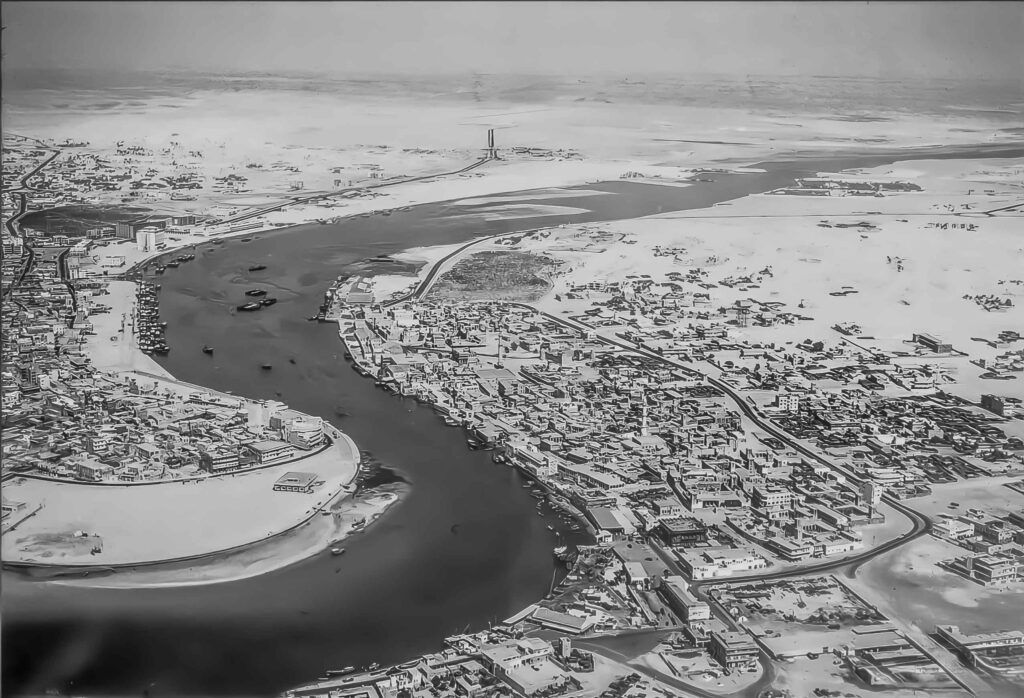
I have lived here for nearly 20 years now and have enjoyed my time a lot. It is a young city but if you look carefully you can see pockets of history going back thousands of years. This post is all about the history of Dubai and some pointers as to where you can see this history.
Dubai, a glittering jewel in the United Arab Emirates, boasts a history as diverse and captivating as its modern skyline. In this journey through time, we unveil the remarkable story of Dubai’s past, from its humble beginnings to its current status as a global icon.
Ancient Origins
Early Settlements
Dubai’s roots extend deep into antiquity, with evidence of human habitation dating back thousands of years. This ancient settlement was a modest fishing village nestled along the shores of the Arabian Gulf.
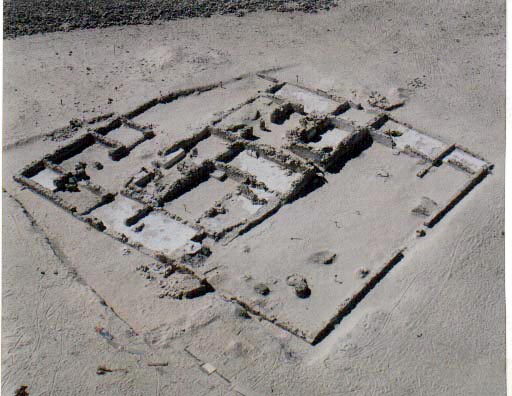
The earliest recorded mention of Dubai dates back to 1095 in the Book of Geography by the Andalusian-Arab geographer Abu Abdullah al-Bakri. The area’s history, however, is much older, with evidence of human settlement in the region dating back to the Bronze Age.
| Name | Period | Description |
|---|---|---|
| Saruq Al Hadid | Iron Age | A significant Iron Age site discovered in 2002, showcasing Dubai’s ancient trade links. |
| Jumeirah | Abbasid Era | Historical site with remains from the 9th to 11th centuries, including artifacts from the Abbasid Era. |
| Al Qusais | Iron Age | An ancient burial site, providing insights into the funerary practices and social structure of past communities. |
| Hatta Heritage Village | 3,000 years old | A reconstructed traditional mountain village that offers a glimpse into the rural life of the Emirati people. |
| Al Sufooh | Islamic Era | Site containing artifacts and ruins dating back to the Islamic era, reflecting the historical significance of the region. |
Rise of Trade
As centuries rolled on, Dubai’s strategic location turned it into a bustling trade hub. Its proximity to key trade routes connecting the East and West laid the foundation for its future prosperity.
The Dubai Creek, a natural inlet, historically served as a minor port for dhows from India and East Africa. In the early 1900s, Dubai’s then-ruler, Sheikh Maktoum bin Hasher Al Maktoum, had the foresight to declare the emirate a free port with no taxation on imports or exports, which greatly encouraged foreign traders.
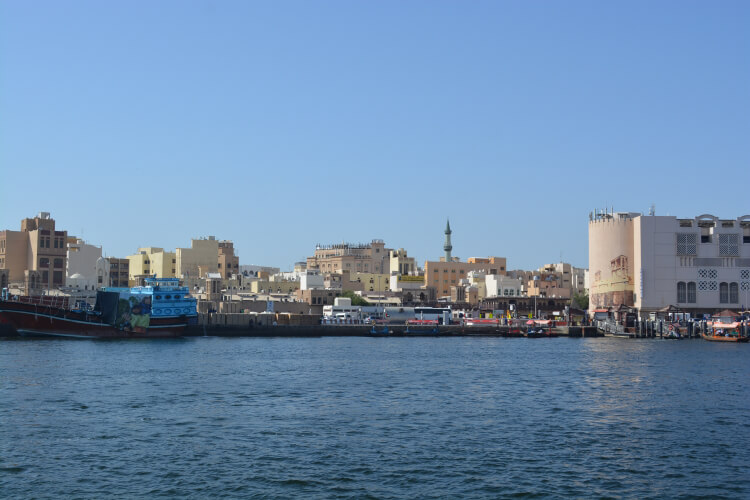
The Fishing Village Era (18th Century)
Dubai was established in the early 18th century by the Bani Yas tribe, led by the Al Maktoum family, who still rule the emirate today. Initially, it was a small fishing village known for pearl diving and fishing. Its strategic location along the trade route between Mesopotamia and the Indus Valley made it a significant trading hub.
Over time, as Dubai began to develop as a regional trading hub, the fishing industry also evolved. The influx of traders and immigrants brought new techniques and an expanded market for the local fish trade. Additionally, the establishment of free ports and the expansion of maritime trade routes contributed significantly to the growth of the fishing industry.
Dubai’s strategic location along these routes facilitated the export of local seafood to neighbouring regions, augmenting its economic importance. In recent years, while Dubai has diversified its economy, fishing remains a vital part of its cultural heritage and continues to contribute to the local economy, albeit on a smaller scale compared to other sectors
Pearl Diving Era
In the 19th century, Dubai’s economy underwent a transformative shift with the rise of the pearl diving industry. This period marked a pivotal turning point in the emirate’s history.
Pearl Diving
Dubai’s fearless pearl divers ventured into the depths of the Arabian Gulf, risking their lives to harvest precious pearls. Their courage and expertise elevated Dubai’s reputation as a pearl diving hub. These divers, known as “divers of the sea,” embarked on perilous journeys beneath the waters, hunting for the valuable pearls found in the region.
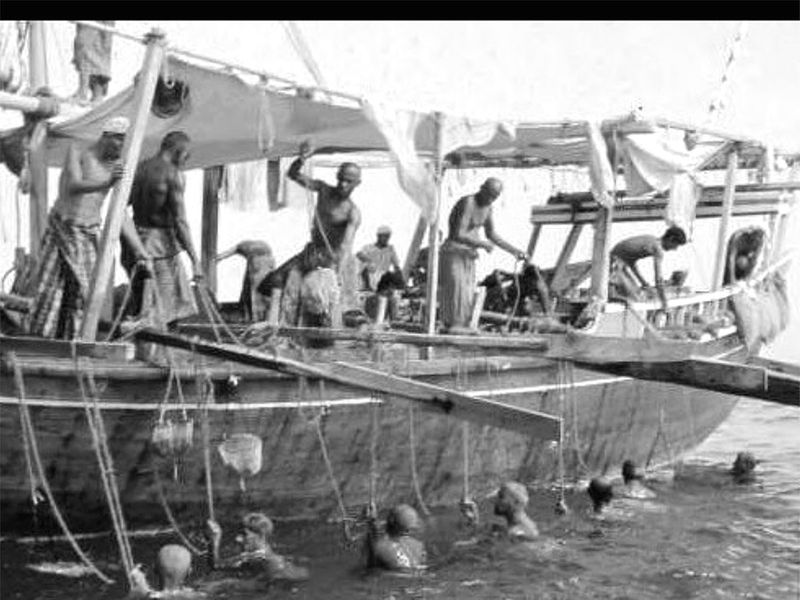
Pearl Trade
Dubai’s pearling industry didn’t stop at diving. It played a pivotal role in the global pearl trade, with Dubai pearls adorning jewellery worn by royalty and the elite worldwide. The pearl diving era not only contributed to the emirate’s economic growth but also cultivated a strong sense of community among the pearl divers and their families. While modern Dubai has diversified its economy, the legacy of pearl diving is celebrated through museums and cultural events, preserving this captivating chapter in the emirate’s history.
British Influence
British involvement in Dubai, particularly during the 19th and 20th centuries, played a significant role in shaping the emirate’s historical trajectory. This relationship was primarily driven by Britain’s strategic interest in the Persian Gulf, a crucial region for maritime routes and later for oil reserves. In the early 19th century, the British signed a series of treaties with the Trucial States, of which Dubai was a part, to combat piracy along the Gulf coast.
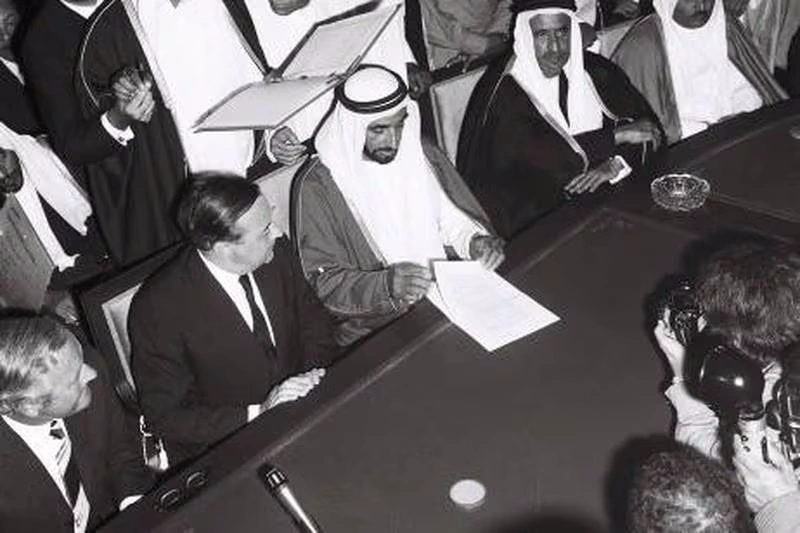
These treaties effectively brought the region under British influence, establishing a period of maritime peace that facilitated trade. Under the General Maritime Treaty of 1820 and subsequent agreements, the Trucial States, including Dubai, accepted British protection, which in turn limited their foreign relations and defence autonomy.
This arrangement allowed Dubai to focus on its economic development, particularly in trade and pearling. The British presence helped maintain stability in the region, which was beneficial for Dubai’s growth as a trading hub. However, it also meant that Dubai’s foreign policy and defence matters were significantly influenced by British interests until 1971, when the United Arab Emirates was formed, and British protection formally ended.
The long-standing British involvement in Dubai and the broader Trucial States thus left an indelible mark on the region’s political and economic landscape.
Trucial States
Dubai’s affiliation with the Trucial States brought stability and security to the region, fostering further development and modernization. This period saw an agreement of maritime truce and later, exclusive trading rights with the British. The discovery of oil in the 1960s transformed the region’s economy, though Dubai itself had less oil compared to Abu Dhabi.
Oil Discovery
The 1960s marked a transformative moment in Dubai’s history with the discovery of oil. The newfound oil wealth ignited a rapid modernization phase, catapulting Dubai onto the global stage.
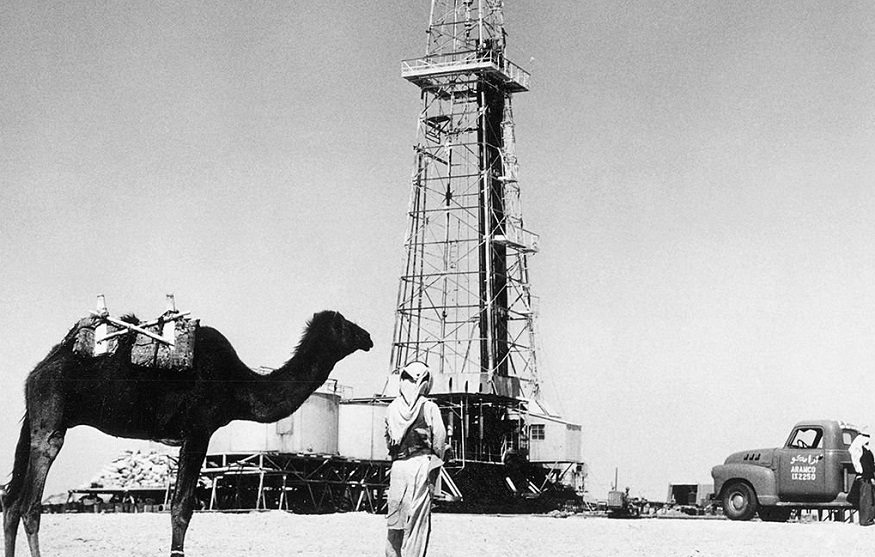
Economic Boom
The discovery of oil brought unprecedented change, fueling infrastructure development and raising the standard of living for Dubai’s residents. It also marked a shift from a primarily trading-based economy to one driven by oil revenues.
Formation of the United Arab Emirates (1971)
In 1971, Dubai joined Abu Dhabi and five other emirates to form the United Arab Emirates (UAE). Sheikh Rashid bin Saeed Al Maktoum, the ruler of Dubai, played a crucial role in the formation of the UAE.
Union House, located in Dubai, is a historic landmark with profound significance in the United Arab Emirates’ history. This iconic structure served as the venue for the signing of the UAE’s founding document on December 2, 1971, marking the union of seven emirates into a single nation. The signing ceremony, attended by the rulers of the emirates, laid the foundation for the modern UAE and its journey towards progress and prosperity.
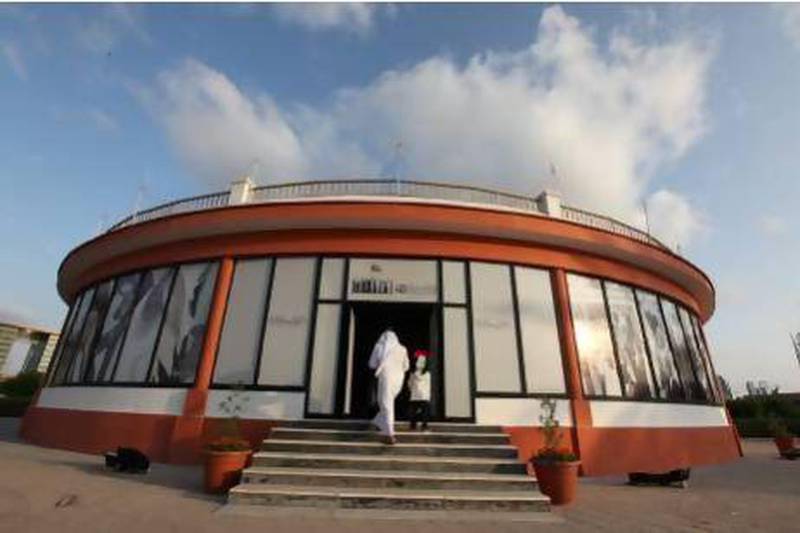
Union House stands as a symbol of unity, a reminder of the visionary leaders who came together to create a harmonious and prosperous nation, and a place where the UAE’s rich heritage is preserved and celebrated. It remains a place of historical reverence and an essential stop for anyone interested in understanding the roots of the United Arab Emirates.
Modern Dubai
Architectural Wonders
Dubai’s skyline today is adorned with architectural wonders that defy gravity and imagination. The Burj Khalifa, the world’s tallest skyscraper, and the Palm Jumeirah, an artificial island, have reshaped the city’s coastline.
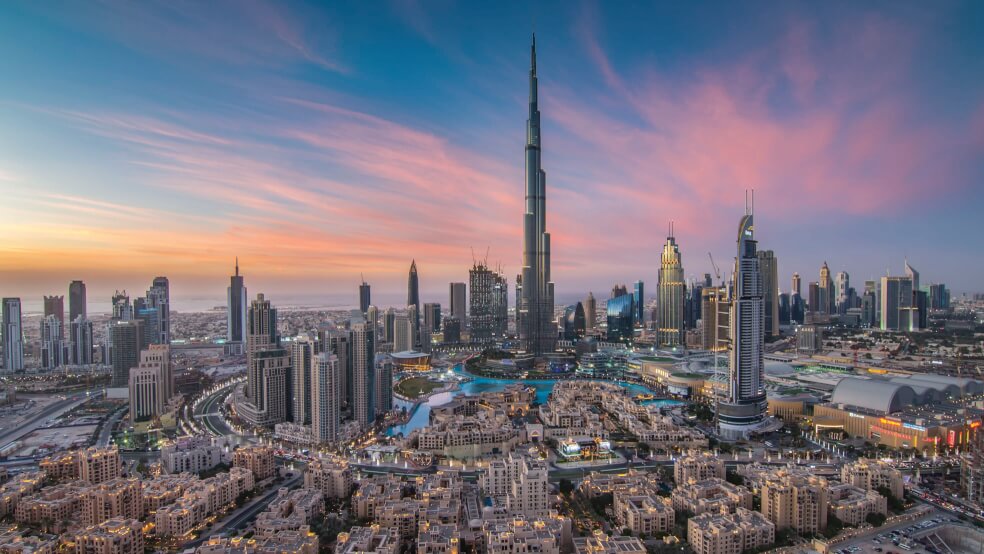
Economic Diversification
Dubai’s economic diversification journey saw it evolve from an oil-dependent emirate to a global business and leisure destination. Thriving industries like finance, tourism, and real estate have made Dubai an entrepreneur’s paradise.
Cultural Heritage
Arts and Music
Dubai’s cultural landscape is as diverse as its population. It boasts world-class art galleries, museums, and music festivals that celebrate both traditional and contemporary artistic expressions.
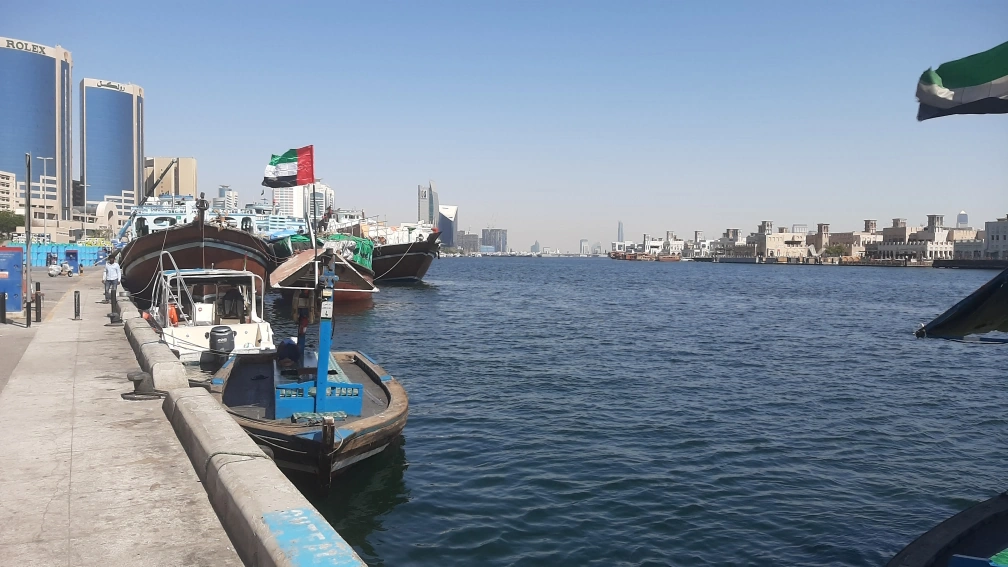
Culinary Delights
The culinary scene in Dubai is a gastronomic journey through the world’s flavors. From local Emirati dishes like Al Harees to international cuisines served in Michelin-starred restaurants, food lovers find their paradise here.
Dubai Today
Dubai stands today as a global cosmopolitan city, a testament to human achievement and resilience. It attracts people from every corner of the world with its promises of opportunity, luxury, and an unparalleled lifestyle.
Expo 2020 Dubai
A significant milestone in recent history was Dubai hosting Expo 2020, postponed to 2021 due to the COVID-19 pandemic. This event showcased Dubai’s ability to host global events and furthered its status as a cosmopolitan hub.
Video Tour
Conclusion
The history of Dubai is a testament to human determination and ingenuity. From its modest origins as a fishing village to its current status as a global powerhouse, Dubai’s journey is nothing short of extraordinary.
FAQs about the History of Dubai
When was Dubai founded?
Dubai’s exact founding date is not precisely documented, but it has ancient origins dating back thousands of years as a fishing and trading village along the shores of the Arabian Gulf. The modern city we know today began to take shape in the 19th century.
How did pearl diving contribute to Dubai’s history?
Pearl diving played a vital role in Dubai’s history during the 19th and early 20th centuries. Dubai became a major center for pearl trading, with skilled divers risking their lives to harvest precious pearls from the depths of the Arabian Gulf. This industry brought significant wealth and prosperity to the emirate.
What impact did the discovery of oil have on Dubai?
The discovery of oil in the 1960s marked a pivotal moment in Dubai’s history. It led to rapid economic growth and modernization. Oil revenues funded infrastructure development, improved living standards, and transformed Dubai from a trading-based economy into a global business and leisure destination.
What are some iconic landmarks in modern Dubai?
Modern Dubai is famous for its iconic landmarks, including the Burj Khalifa, the world’s tallest skyscraper; the Palm Jumeirah, an artificial island; the Dubai Mall, one of the largest shopping centers globally; and the Burj Al Arab, a luxurious 7-star hotel.
What is the cultural heritage of Dubai?
Dubai’s cultural heritage is a blend of traditional and contemporary influences. It encompasses art, music, dance, and cuisine. The city hosts world-class art galleries, museums, and music festivals that celebrate its diverse cultural landscape.
Can you tell us more about Dubai’s cuisine?
Dubai’s cuisine reflects its multicultural population. Local Emirati dishes like Al Harees and Machboos are popular. You can also find international cuisines in Michelin-starred restaurants, making Dubai a food lover’s paradise.
How has Dubai’s economy diversified over the years?
Dubai has strategically diversified its economy away from oil dependence. Today, it thrives in various sectors, including finance, tourism, real estate, and technology. This diversification has contributed to its economic resilience.
What were the early settlements in Dubai like?
Early settlements in Dubai were modest fishing and trading villages along the coast of the Arabian Gulf. These settlements were strategically located along important trade routes, which later led to Dubai’s growth as a trading hub.
How did British influence shape Dubai’s history?
British influence in the 20th century led to the signing of treaties that established the Trucial States, including Dubai, under British protection. This period brought stability to the region, paving the way for further development and modernization.
What is the significance of the Burj Khalifa?
The Burj Khalifa, the world’s tallest skyscraper, is a symbol of Dubai’s ambition and modernization. It stands as an architectural marvel and a testament to human achievement. It has become an iconic landmark and a major tourist attraction.
Useful Links
- If you are visiting Dubai to check it out then these are the entry requirements.
- The Dubai Creek is the centre of history for Dubai.
- There are various historical districts in Dubai. Check out the Al Fahidi Historical District
- Another great historical resource is the Mohammed Bin Rashid Library.
- One of the great historical aspects of Dubai life is boat building.
- There are many different souqs in Dubai as well. Try out the Spice Souq.
- The Expo City Dubai is a new and exciting addition to Dubai’s landscape.
- Check out the Dubai Airports, a key success story for Dubai.
- Fancy a dune bashing trip with dinner afterwards?
- Try the best brunches in Dubai.
- Do you like horse racing? Check out the Dubai World Cup.
Key Takeaways
- Dubai’s history is a tale of transformation, from a modest village to a global metropolis.
- The pearl diving era and British influence were crucial historical milestones.
- The discovery of oil reshaped Dubai’s destiny, fueling rapid modernization.
- Today, Dubai is known for its iconic architecture, diverse culture, and culinary delights, making it a truly cosmopolitan city.
